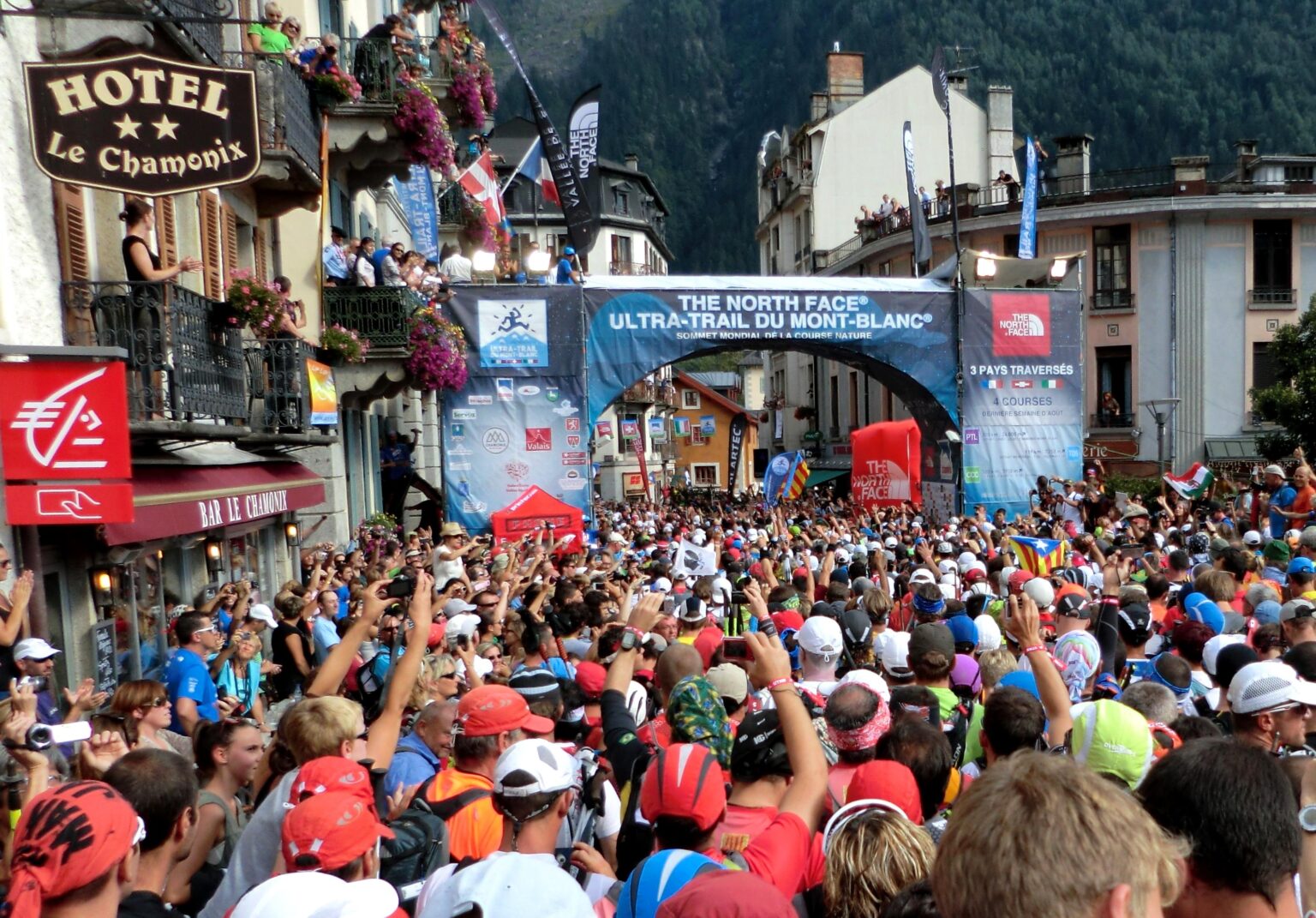Ultramarathon running has grown from a niche endurance sport into a globally celebrated test of human limits, drawing thousands of athletes to grueling events like the Ultra-Trail du Mont-Blanc (UTMB). Yet, beneath the sport’s rising popularity lies a persistent issue: the tension between amateurism and professionalism. As UTMB solidifies its status as one of the world’s premier ultrarunning races, questions about the role and recognition of amateur runners have come to the forefront, sparking debate within the community. This article explores the challenges UTMB and the broader ultrarunning world face in balancing inclusivity, competition, and the shifting definitions of amateurism.
UTMB’s Rising Professionalism Challenges the Spirit of Amateur Ultrarunning
Once celebrated as a gritty celebration of self-reliance and sheer endurance, ultrarunning-and particularly the UTMB-has increasingly confronted the realities of professionalization. No longer just a grassroots challenge embraced by passionate amateurs, the event now boasts sponsorships, prize money, and elite teams with extensive support crews. While this evolution elevates competition quality and media attention, purists argue it dilutes the original ethos where tackling mountains was about freedom from commercialism and an authentic test of human spirit.
Contemporary UTMB participants navigate a complex landscape where professionalism clashes with tradition. Factors fueling the shift include:
- High-profile corporate sponsorships reshaping race dynamics
- Mandatory team support systems becoming the norm
- Elite-driven pacing and nutrition strategies
- Expanding media and broadcast coverage adding pressure
| Aspect | Amateur Era | Professional Era |
|---|---|---|
| Race Entry | Lottery, inclusive | Qualification points, selective |
| Support | Self-managed | Professional crew allowed |
| Prize Money | Minimal to none | Substantial rewards |
| Media | Low coverage | Global broadcasting |
How Commercial Interests Are Shaping the Future of Ultrarunning Events
In recent years, the surge of commercial sponsorships and corporate partnerships has drastically altered the landscape of ultrarunning events. Once celebrated for their rugged, grassroots spirit and emphasis on raw endurance, races like UTMB are increasingly influenced by brand activations, media rights, and elite athlete endorsements. This shift has created a tension between maintaining the sport’s authentic, amateur ethos and catering to a growing audience driven by spectacle and marketability. While increased funding has enhanced the infrastructure and global reach of these events, it has simultaneously raised questions about accessibility, inclusivity, and the potential marginalization of everyday ultrarunners who continue to define the community’s heart and soul.
Key changes driven by commercial interests include:
| Impact Area | Before Commercialization | After Commercialization |
|---|---|---|
| Participant Demographics | Diverse amateur base | Elite-focused fields |
| Race Atmosphere | Casual, communal | Professionalized, sponsor-centric |
| Media Coverage | Limited, community-driven | Widespread, commercialized |
Bridging the Gap Between Elite Athletes and Amateur Runners Through Inclusive Policies
To foster a more unified ultrarunning community, event organizers are increasingly adopting policies that level the playing field between elite athletes and amateurs. These inclusive strategies go beyond mere participation rules-they embrace initiatives such as tiered prize structures, increased visibility for amateur runners through digital platforms, and transparent qualification processes that encourage wider engagement. By doing so, races like UTMB are not only celebrating top-tier performances but also elevating the contributions and stories of everyday runners who bring diversity and passion to the sport.
Key elements driving this shift include:
- Equitable prize money distribution to reward efforts across multiple categories
- Accessible qualification standards that welcome a broader range of participants
- Community-driven race experiences such as mentorship programs linking elites with amateurs
- Focus on mental and physical health initiatives ensuring sustainable participation for all levels
| Policy Initiative | Impact on Athletes | Status |
|---|---|---|
| Tiered Prize Structure | Broader recognition beyond podium finishers | Implemented |
| Qualification Reforms | Lowered barriers for amateur entry | In Discussion |
| Mentorship Programs | Strengthened community and skill sharing | Pilot Phase |
Future Outlook
As ultrarunning continues to grow in popularity, the debate surrounding UTMB and the sport’s entrenched amateurism problem remains far from settled. While the spirit of endurance and personal challenge defines ultrarunning’s appeal, questions about prize money, sponsorship, and athlete compensation highlight a tension between maintaining tradition and embracing professionalization. How the community and event organizers address these issues in the coming years will shape the future landscape of ultrarunning – determining whether it remains a purely passion-driven pursuit or evolves into a fully professional sport. For now, UTMB stands at the crossroads, emblematic of the broader conversation within the ultrarunning world.

